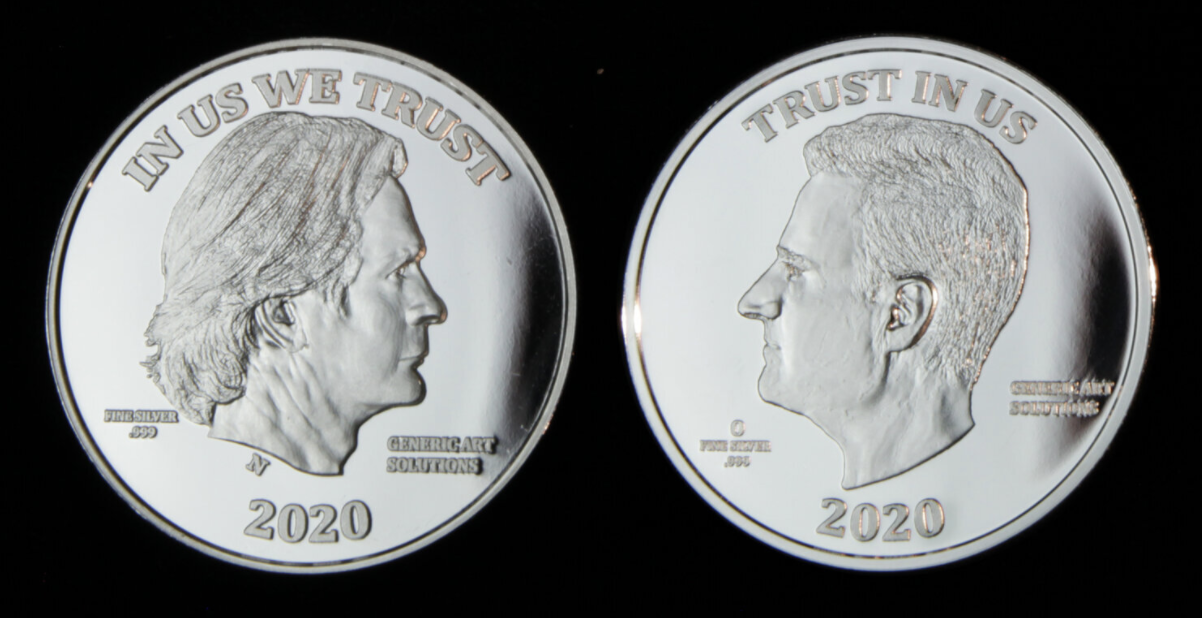"The Public Practice" Celebrates Our Lives as Tourist Attractions

The performance coinciding with the start of Prospect 3 asked awkward questions, perhaps intentionally.
I was amused on Saturday that Kirsha Kaechele led with her chin to re-enter the contemporary art conversation in New Orleans. She has been vilified as a wealthy art dilettante, and her activities timed to coincide with the start of Prospect 3 put money at the center. She literally put up $100,000 for a gun buy-back program, and the recording studio in a car wash on Franklin Avenue was tricked out with faux luxe. The recording booth has rugs on the floor printed with images of $100 bills.
“The Public Practice” took place Saturday afternoon in front of Kaechele's car wash-turned-recording studio. The performance arranged by Claire Tancons, and New Orleans Airlift's Delaney Martin, put commonplace African-American creativity on parade as Mardi Gras Indians, dance teams, beauticians, and people with exotic pets gathered to present themselves to the assembled art lovers. Fifth Ward Weebie and Sess 4-5 rapped from the second-story balcony of a blighted house, and modified cars and kids on decorated bikes rolled around the neutral ground, where the audience was encouraged to stand. The idea was to present images that counter those of violence that dominate the conversation surrounding economically challenged African Americans.
Conceptually, the performance was smart as it presented creativity as a part of so many people’s daily lives and an antidote to violence, but the reality of what we saw was often ordinary and didn’t pay off on the street. The majorettes were a flag girl and a baton twirler, both of whom were talented enough but unspectacular. One young man had an extreme bike; the rest of his team had BMX bikes with colored tape woven through the spokes. Good but not special. I loved the battiness of the women from the hair salon doing a dance that mimicked their jobs, but I couldn’t help but wonder if people would be responding the same way if the performers were white or more clearly middle class? To what extent was putting on and watching “The Public Practice” an act of cultural tourism?
The optics of the event didn’t help. With the people from Airlift and emcee Miss Tee up on the high balcony looking down on the people and performers below, it’s hard to imagine how they could have presented themselves in a more paternalistic position. Kaechele was not officially involved in the performance according to the Airlift website, but her presence and history made the way she walked the back of the crowd watching the performers and audience a part of the story as well. I genuinely believe that everybody involved had the best intentions, but the contexts they created drew attention to the economic, educational, social and aesthetic gaps between the organizers and the performers..
The performance literally enacted one of the underlying questions posed by the mayor’s choice to invest even more heavily in New Orleans’ tourist economy. If the city’s business is tourism, does that make us tourist attractions? The answer Saturday seemed to be “absolutely.”
In the sense that “The Public Practice” prompted a lot of questions, I’ll call it a success. But for me it was far more interesting to think about than watch, and the suspicion that the organizers brought a very different art consciousness to the event from the performers made it all the more awkward.






